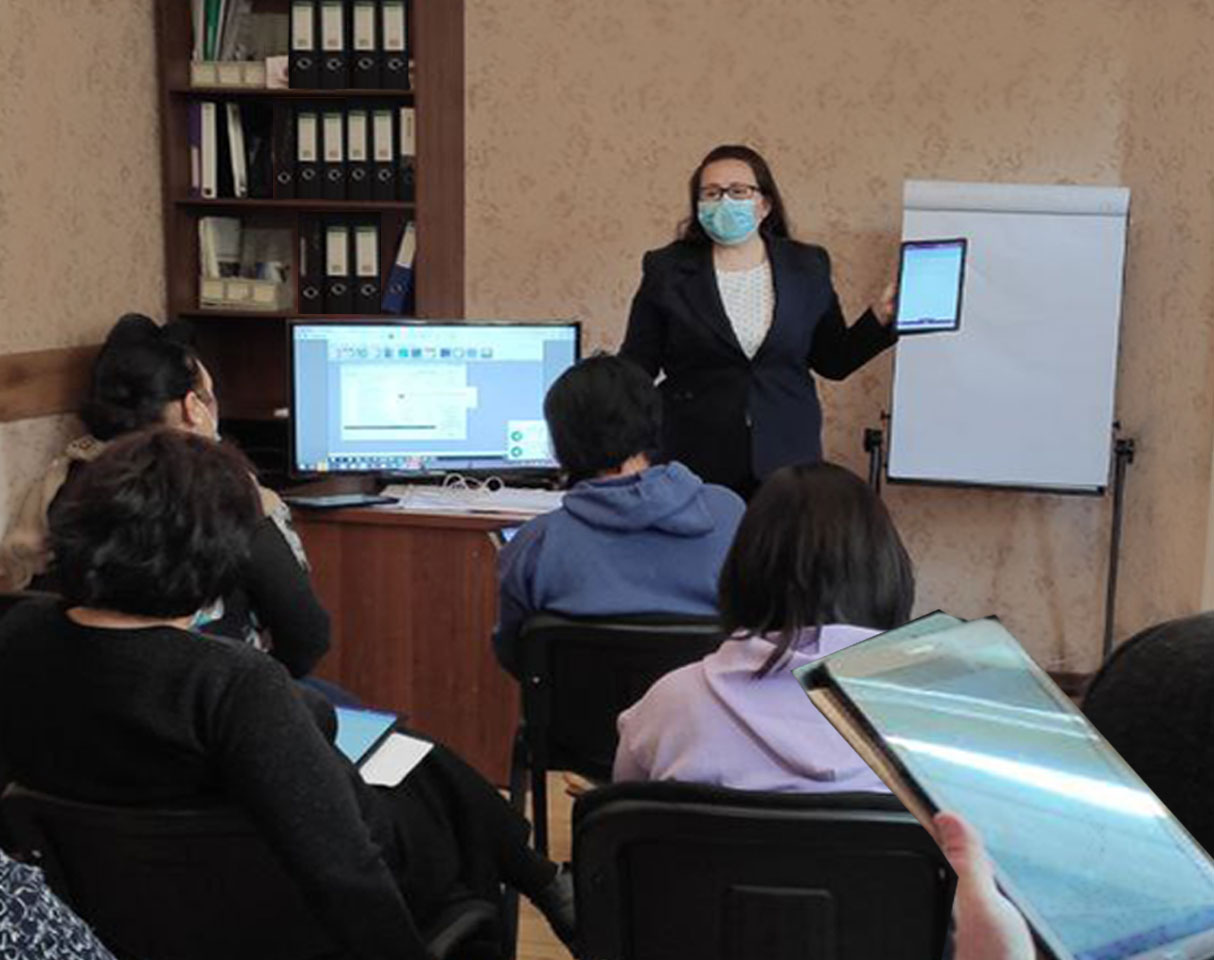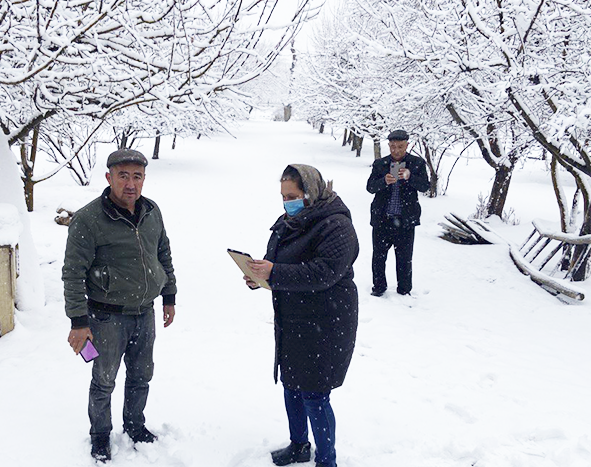



PROJECT TITLE: Survey on Work Conditions in Uzbekistan’s Construction Sector
CLIENT: The International Labour Organization
PERIOD: 11/2021 - 06/2022
PROJECT AIM:
-To produce key indicators on conditions of work of persons employed in the selected sector, and to estimate the prevalence of forced labour.
-To estimate the share of persons who work in environments which can have a negative impact on workers’ physical and mental health (for example, extreme temperatures, dangerous materials, level of risk to life and safety of workers, increased level of stress).
-To estimate the share of persons who perform in their jobs tasks associated with increased negative impact on physical and mental health (such as, moving heavy loads, sitting most of the time, dealing with clients).
-To estimate the share of persons who should use personal protective equipment while performing their jobs tasks, but are not doing so; those who do not receive the necessary protective equipment from employers as well as the proportion of people who do not receive safety training/briefing.
-To analyse the indicators on conditions of work and forced labour by relevant characteristics like age, sex, formal/informal employment, level of education, level of remuneration etc. in order to identify groups of persons who tend to work in less favourable conditions. Such analysis could provide valuable information for the development of targeted policies aiming to improve working conditions and to eliminate forced labour.
-Pending on the results of the analysis, to formulate relevant policy measures to improve the working conditions and eliminate forced labour in the construction sector in Uzbekistan.
DESCRIPTION OF ACTUAL SERVICES PROVIDED IN THE ASSIGNMENT:
The survey questionnaires were developed by the Contractor in cooperation with ILO experts and specialists from the Ministry. The ILO provided model questionnaires that were adapted to the national context. More precisely, two questionnaires were developed:
-The household questionnaire (3564 Computer Assisted Telephone Interview (CATI) interviews), which included questions on basic socio‐demographic characteristics. Data on all respondents residing in the selected households were recorded in the HHQ.
-The individual questionnaire (6818 CATI interviews), which contained questions to identify employed persons and questions to collect data on their working conditions, and to identify cases of forced labour. All working‐age persons registered in the HHQ were asked to answer these questions.
Preparatory work:
-Preparation of the questionnaires in cooperation with ILO experts and specialists from the Ministry.
-The household questionnaire (HHQ).
-The individual questionnaire (IQ).
-The training materials for field staff (interviewers and supervisors).
-Conducting pilot interviews with a view of approbation/testing the questionnaires.
-A report with the findings from the pilot survey.
Post‐survey
-After the implementation of the survey, a consolidated report in English was to be submitted to the ILO.